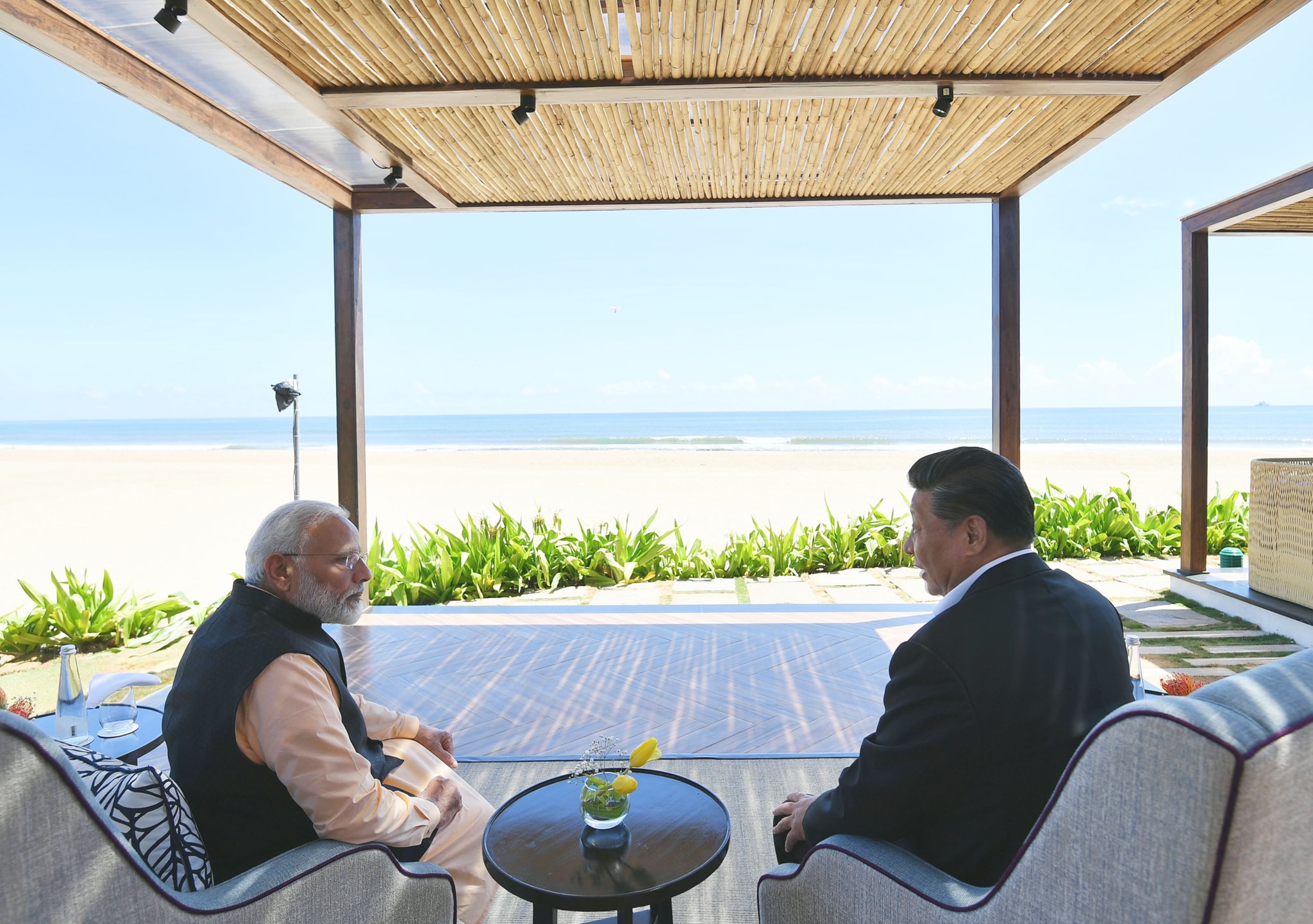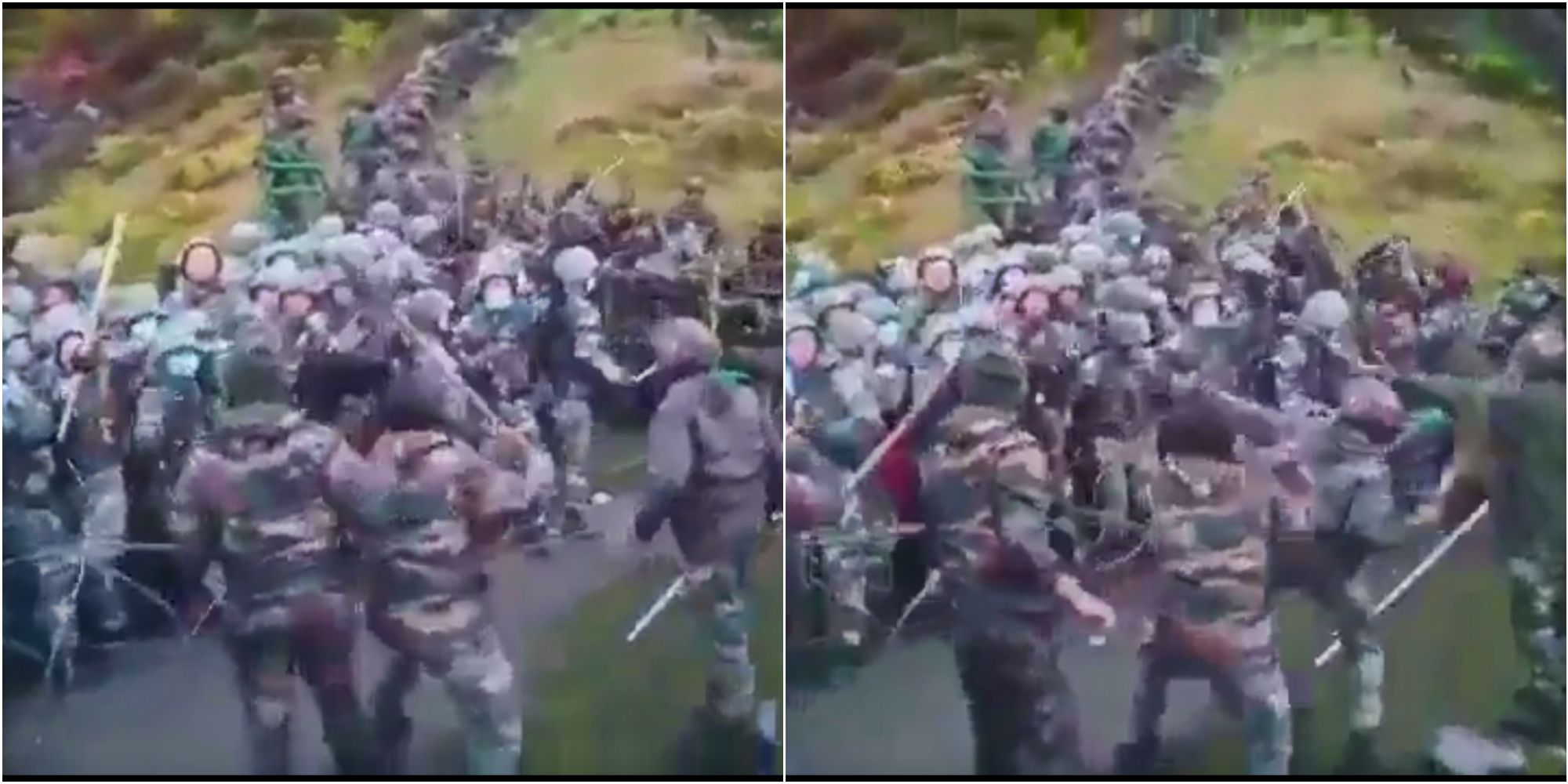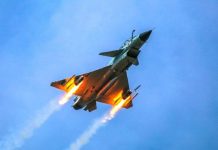Three years ago, India and China saw the bloodiest chapter of their bilateral history since 1975 when 600 soldiers from both sides engaged in five hours of hand-to-hand combat, leaving 20 Indian and an unspecified number of PLA soldiers dead.
MUST READ: France To Challenge US F-35 Fighters’ Dominance With Stealthier & Hypersonic Missile-Enabled ‘Super Rafale’
This was the first time since 1975 that Indian soldiers were killed in action on the Line of Actual Control (LAC).
Before the Galwan conflict occurred on 14-15 June 2020, the Indian Prime Minister had visited China five times and met China’s President Xi Jinping eighteen times in total.
But it turns out the meetings yielded nothing but photo-ops. In international politics, leaders and their relationship with each other can govern the fate of the country’s bilateral ties.
It turns out Prime Minister Modi (born on September 17, 1950), with his sun sign Virgo, and President Jinping (born on June 15, 1953), being a Gemini, are going to have a relationship fraught with “tension, frustration, and conflict.”
In astrology, the two zodiac signs sit 90 degrees apart and are “mutable signs,” which means “they are adaptable, open-minded, and ready to multi-task – they can have a hard time pinning each other down.” When the two signs are put together, it is hard for them to get on the same page.
The sun signs enumerate the personality traits of both leaders. Prime Minister Modi, a Virgo, is known for their hard work and zeal to help others. President Jinping is a Gemini who is known for having “two facets to their personality and can reveal their true face to others at any time.”
People don’t like it when a Gemini shows his ‘real face.’ This has been reflected in the exchanges between the two leaders as well.
Many political commentators explained the Galwan debacle by pinning the blame on “cunning” Jinping, deceiving a trusting, hardworking Modi. Indian Astrology also predicts this constant tussle and tension between the two leaders.
Shruti Sharma, an Indian astrologer, told the EurAsian Times: “The Astrological chart of PM Modi makes him a good ruler and splendid orator. He is bound to take decisions with maturity and clarity.” On the other hand, Shruti says: “The planetary positions indicate that President Jinping has a dictatorial streak. He is a fighter and takes what he wants by hook or crook. He doesn’t give up easily.”
Tea In Ahmedabad, Aggression In Chumar
After gaining power after a landslide victory, Prime Minister Modi rolled out the red carpet for the Chinese President during the 2014 visit. On September 17, 2014, the whole country was excited as President Jinping touched down in India along with his wife, folk singer Peng Liyuan.
The media was replete with images of the two “strongmen” sitting on a swing on the banks of the Sabarmati River in Gujarat, Prime Minister Modi’s home state. And the Modi government was spawning the tales of the everlasting peace between the two countries forged by the two strong leaders.
This came with the backdrop of the standoff in Doklam. There has been no movement on the boundary settlement between the two countries since 2005, and the Jinping visit was touted to herald a new chapter in Sino-Indian ties.
The optics of the meeting were great, but even as the tea served by Prime Minister Modi to President Jinping in Ahmedabad had not gone cold, Beijing tested the mettle of the Indian Prime Minister by sending its troops across the Line of Actual Control (LAC) in Chumar in Southern Ladakh (then part of Jammu and Kashmir). This set the template of interaction between the two leaders.

The People’s Liberation Army (PLA) later withdrew from Chumar because of “the hard talk” of Prime Minister Modi with President Jinping on the sidelines of the BRICS summit in July 2014.
This made the Indian foreign policy establishment believe that Beijing’s ambition could be contained by a strong leader who could establish parity with the Chinese leader.
Modi-Jinping – A Torrid Affair
The protocol niceties were reciprocated by President Jinping during Prime Minister Modi’s visit to China in May 2015. Modi raised the question about the border dispute during the visit only to get a tacit response that resolving a “complex issue left over from history” required “patience.”
Through the cusps of Sino-Indian ties, Prime Minister Modi continued to placate President Jinping. Despite big setbacks, the Indian PM did not stop wishing the Chinese President on his birthday.
However, that did not mean the setbacks stopped coming.
In 2016, the India-China relationship hit another major roadblock. India, coming out of the nuclear apartheid imposed on it after the nuclear bomb testing, applied for membership in the 48-nations Nuclear Suppliers Group (NSG).
NSG is a multilateral export control regime and a group of nuclear supplier countries that seek to prevent nuclear proliferation by controlling the export of materials, equipment, and technology that can be used to manufacture nuclear weapons.
While India had the support of other major countries, the “obstructionist” policies of China thwarted New Delhi’s bid to get a seat at the table.
“We have bilateral engagements with each of the 48 countries, and based on that, I can say with complete certainty that at the end of the day, there was only one country that raised procedural hurdles, as a result of which the Nuclear Suppliers Group could not arrive in favor of India,” then MEA Spokesperson Vikas Swarup said in a briefing after New Delhi’s bruising at the international stage.

After this, Beijing blocked India’s proposal to declare Jaish-e-Mohammad’s Chief Masood Azhar a global terrorist under a UN Security Council Resolution 1267 after it claimed responsibility for a terrorist attack against Indian soldiers in Jammu and Kashmir. China called it a “technical hold” but indeed sowed distrust between the two countries.
This was followed by India refusing to be part of China’s ambitious Belt and Road Initiative in 2017. The culmination of this tussle between the two leaders had been the Doklam standoff in 2017 when the Indian and Chinese soldiers were involved in a tense standoff for 71 days.
The Indian soldiers entered Doklam, a trijunction between India, China, and Bhutan, to stop China from extending a road that was illegally constructed a road in the direction of Mount Gipmochi. This road would have given the Chinese forces a dominant position overlooking the Siliguri corridor.
The Siliguri Corridor, also known as the Chicken’s Neck, is a stretch of land around the city of Siliguri in West Bengal, India. It is just 20–22 kilometers at the narrowest section, and this geo-political and geo-economical corridor connects the eight states of northeast India to the rest of the Indian Republic.
During the military ops in Doklam, China unleashed a psychological war against India. First, it stopped Indian pilgrims from using the Nathu La pass to reach the ancient Hindu pilgrim site of Kailash Mansarovar in Tibet.
Then came a barrage of threats and warnings through official channels like the foreign and defense ministries as well as state-backed media.
The standoff ended on August 28 after Prime Minister Modi’s Hamburg initiative. The truce touted as the victory of strong leadership was brought by the Indian PM taking matters into his own hands and talking to President Jinping personally on the sidelines of the BRICS summit.
PM Modi walked up to the President, held his hands, and made it clear that the Doklam standoff was not in the best interests of the countries.
The aggressive posturing of China and the later disentanglement signaled that Jinping was calling the shots in the matter. The uneasy truce was brokered, and China entered Doklam again without being disputed by India this time. The message is clear from Beijing’s top leader that Modi cannot prevent China from taking what they think is theirs.
India, China Clash
The disengagement after Doklam made PM Modi try harder to placate President Jinping. The two leaders met for a two-day informal summit in the city of Wuhan in China in April 2018. They had six rounds of talks stretched over 10 hours, including a lakeside walk and conversations over tea.

President Jinping welcomed Modi at the East Lake Guesthouse with Chinese classical musicians playing Bollywood numbers with Chinese instruments like ‘Tu tu hai wahi dil ne jise apna kaha’ (you are the one that my heart say is mine), the song from the 1980s. Both committed to working closely to mend ties between the two countries.
Modi, too did his part to keep the commitment. He reined in the Tibetan diaspora in India and kept his distance from the Tibetan spiritual leader Dalai Lama. During his June 2018 Shangri La Dialogue in Singapore, PM Modi advised against an “Asia of Rivalry” and also cautioned against the meddling of outside powers like the US in the Indo-Pacific.
The bonhomie between the two countries was short-lived. On June 15, 2020, twenty Indian soldiers were martyred in a bloody faceoff with the Chinese troops in the Galwan Valley.
The violent confrontation was the result of the Indian side trying to stop the unilateral change in the status quo by the Chinese side. June 15 also happened to be the birthday of the Chinese President and marked the worst phase of the Sino-Indian relationship.
- Ritu Sharma has written on defense and foreign affairs for over a decade. She holds a Master’s Degree in Conflict Studies and Management of Peace from the University of Erfurt, Germany. Her areas of interest include Asia-Pacific, the South China Sea, and Aviation history.
- She can be reached at ritu.sharma (at) mail.com




